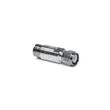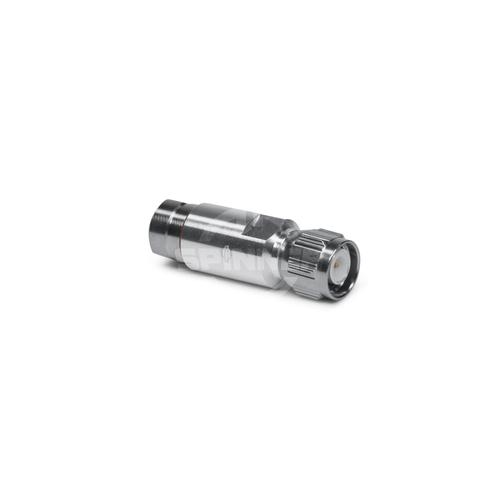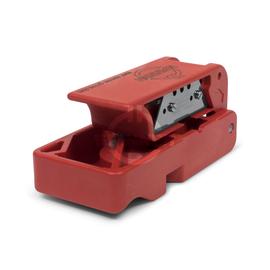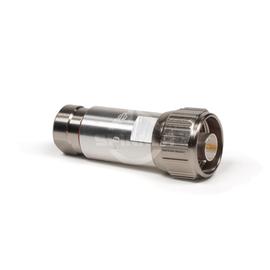SPINNER Connectors - Low-Loss And Reliable Connection For Highest Requirements
Connectors for the transmission of high-frequency signals are used in a wide variety of industries such as mobile communication, broadcast, measurement, satellite communication or in radar technology. SPINNER connectors ensure optimal, low-loss signal transmission and extremely sustainable, cost-effective connections. SPINNER connectors are robust and resistant in various climatic environments - from the sea to the desert or even space.
They guarantee excellent electrical and mechanical performance values such as stability for enduring connectivity, meeting the highest sealing requirements and high performance for transmission parameters.
SPINNER Cut and Fit (CAF®) connectors with very effective protection against moisture and soiling
Attach a TNC male connector LF 1/4"-50 CAF® O-Ring quick and easy in a single step. It provides very effective protection against moisture and soiling. It typically takes less than two minutes to install it since the connector is supplied as a single piece and only needs to be attached to the appropriately prepared cable end. To achieve excellent sealing an O-ring is pushed onto the outer conductor to create an airtight seal. Then the SPINNER CAF® connector is slid onto it and screwed home. Thus we guarantee an outstanding lossless mobile communication quality in a frequency range from DC to 3.8 GHz for in-building Distributed Antenna Systems (DAS) or on mobile communication base stations outdoors. In addition, a TNC male connector LF 1/4"-50 CAF® O-Ring is also suitable for a variety of demanding applications in industry or broadcast (DVB, DAB, FM), SatCom or Radar.
A TNC male connector LF 1/4"-50 CAF® O-Ring is ideally suited for installation on LF 1/4" annular corrugated copper LF cables.
The connector has a straight direction.
The term TNC connector is derived from the English term Threaded Neill Concelman. They are defined by a thread instead of a bayonet (as with the BNC connector) and the initial letter of the names of the developers Paul Neill and Carl Concelman. They created this standard in the late 1950s as an alternative to BNC connectors. The coaxial connectors are suitable for radio frequency signals up to about 11 GHz. The mechanically stable screw connection enables better electrical properties in environments with strong vibration, such as vehicles.





